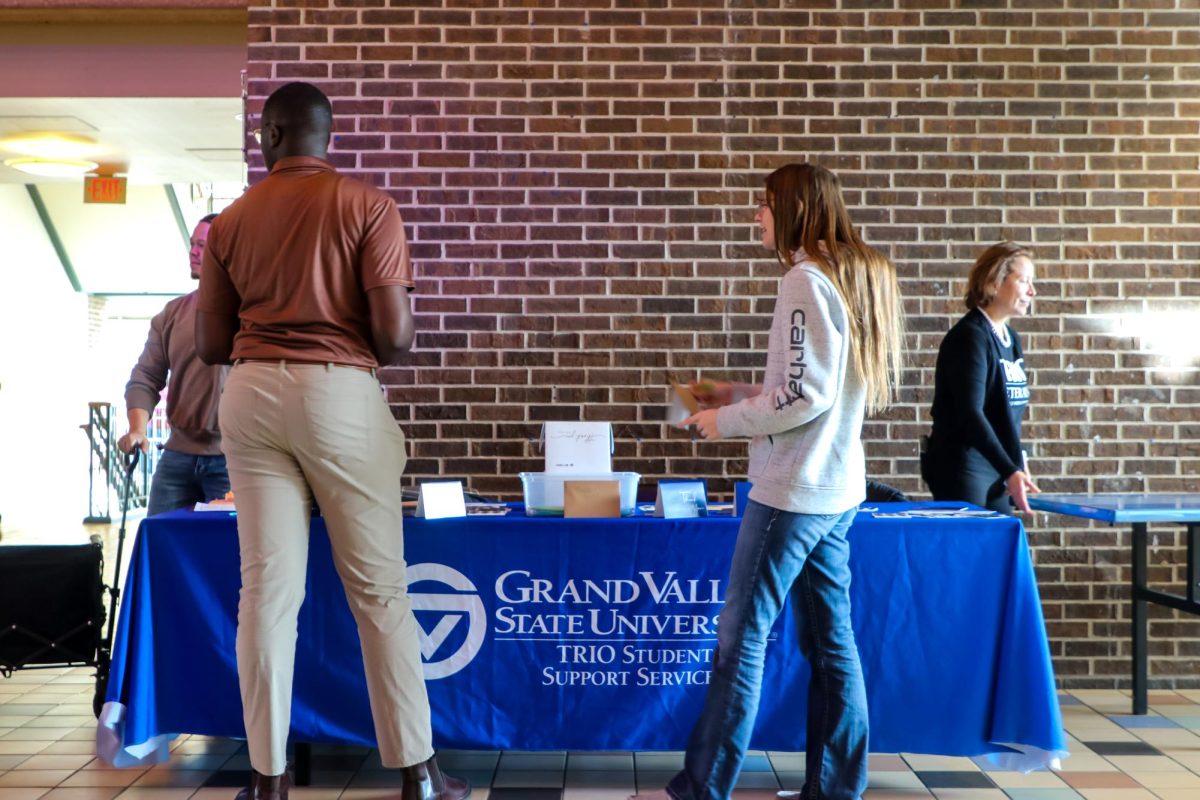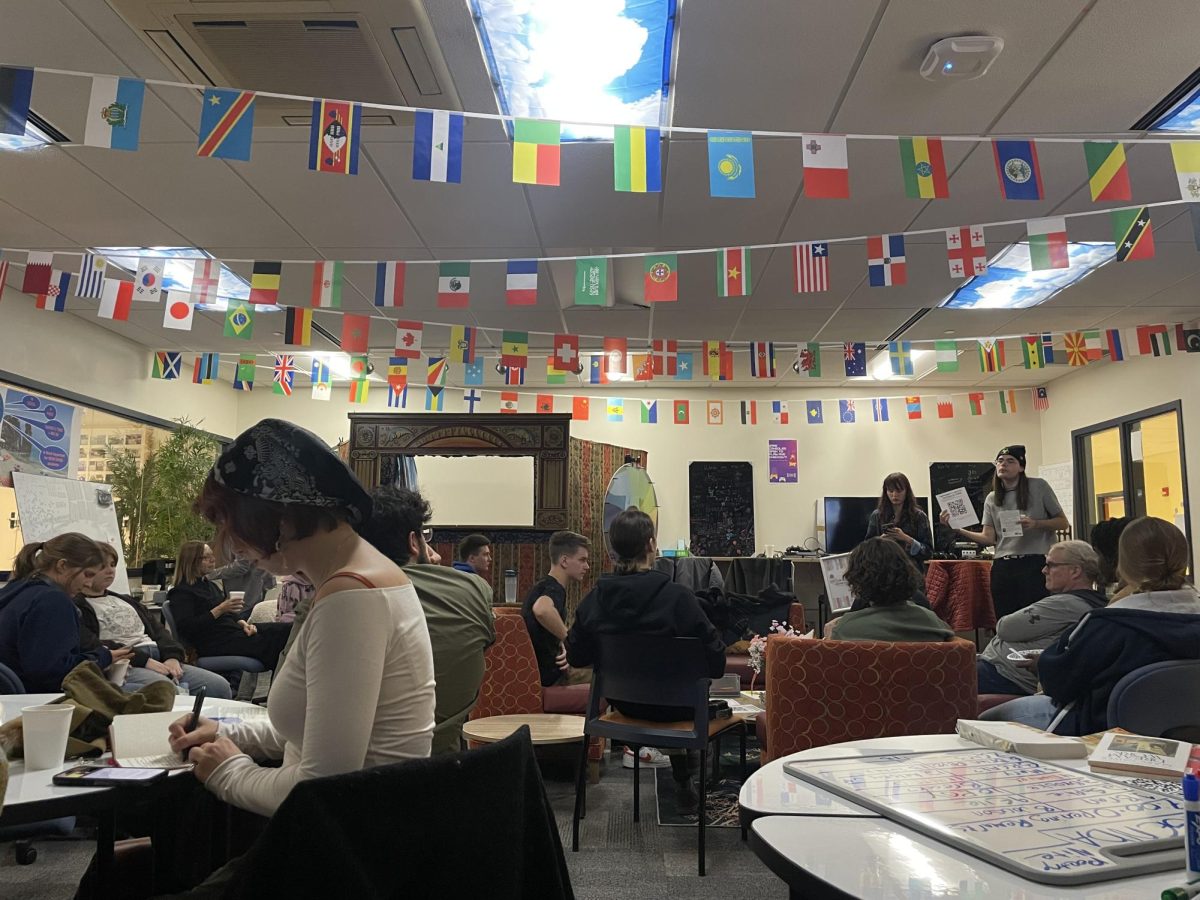This semester, Grand Valley State University received a $63,467 grant from the Native American Heritage Fund (NAHF). The grant will be used to support Indigenous students at GVSU and raise awareness about Anishinaabe culture. While the plans for the donation are being finalized, Native American organizations and programs at GVSU continue to provide resources and opportunities to the University’s community.
NAHF provided funding to GVSU so that the money could be used to educate students on Anishinaabe culture. The Anishinaabe are Indigenous people who live in the Great Lakes region and parts of Canada. “Anishinaabe” is a collective name for three distinct groups: the Ojibwe, Odawa and Potawatomi, also known as the Council of Three Fires.
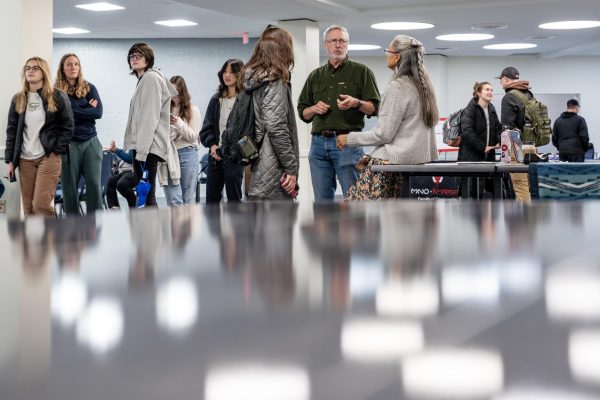
Lin Bardwell, assistant director of the Office of Multicultural Affairs (OMA), said the funds will be used to raise visibility and awareness about the Anishinaabe. The fund will also allow traditional knowledge keepers, Anishinaabe spiritual leaders that were taught by an Elder, to co-teach with faculty in certain course sections. By spreading cultural awareness and including knowledge keepers in facilitation, GVSU hopes the donation money will help Indigenous students who may feel isolated or be struggling academically.
“I feel like the community around us needs to know more about us so that we can collaborate more,” Bardwell said.
In 2024, NAHF has donated to 10 other universities across Michigan to fund the replacement of racially incentive mascots, and to improve school curricula. In total, NAHF has donated $484,420 to the State’s universities, as well as to public and community high schools.

Simon Baker is a GVSU student and the financial officer for the Native American Student Association (NASA), an organization at the University. He is also a member of the Little Traverse Bay Bands of Odawa Indians. Baker said that the donation money should be used to support Indigenous students by facilitating the decolonization of campus. He suggested that displaying informative plaques at GVSU could educate students about the land they are studying on and the Indigenous people who originally inhabited it.
“The continuation of trying to lift Indigenous voices is the biggest thing GVSU could do with that money,” Baker said.
NASA organizes various events to spread cultural awareness about Native American issues and enrich the University’s Indigenous community. Since 2014, NASA has held annual celebrations to commemorate Native American Heritage Month. On Nov. 20, NASA took part in Indigi-Fest, which was hosted by OMA, and celebrated Native American heritage and culture.
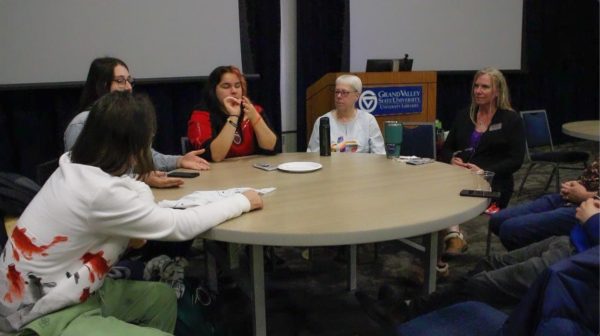
The Anishinaabe community of GVSU alumni, students, faculty and staff joined the celebration to provide an informative, interactive and engaging series of workshops. The workshops covered topics such as food sovereignty, decolonizing both social work and education and a lesson on the Anishinaabemowin language. Indigi-Fest also included a powwow, a ceremony that involves singing, dancing and feasts. The event concluded with a viewing of “Two-Spirit PowWow,” a film by Rich Bacigalupi.
According to Baker, Indigi-Fest had a strong turnout, with many non-Indigenous students participating in the event’s workshops. According to Baker, the purpose of Indigi-Fest was to educate non-Indigenous individuals about the history, current experiences and culture of Native American peoples.
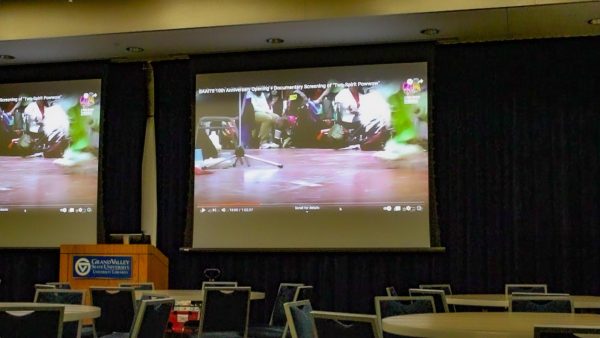
“It (Indigi-Fest) wasn’t for me (and) it wasn’t for my friends in NASA,” Baker said. “It was for people who aren’t Indigenous, but who want to learn.”
Fostering cultural awareness through such events such as Indigi-Fest, and supporting Indigenous students at the University has been a priority before, and after having received the grant, according to Bardwell. The supportive projects funded by the NAHF grant are expected to go into effect in January 2025.









